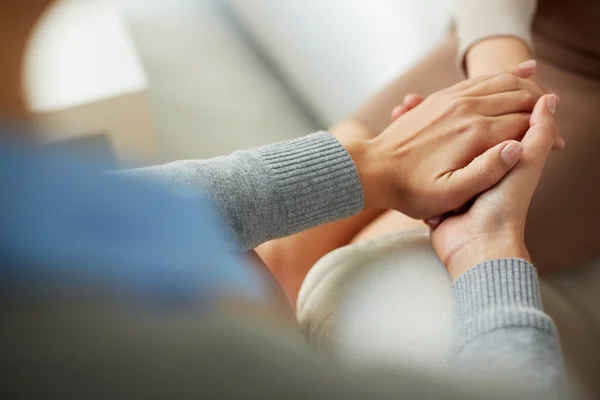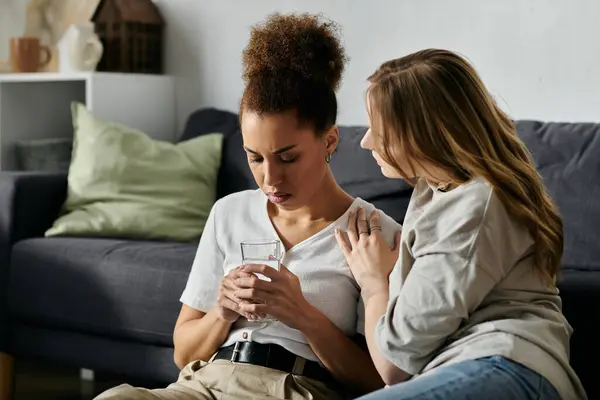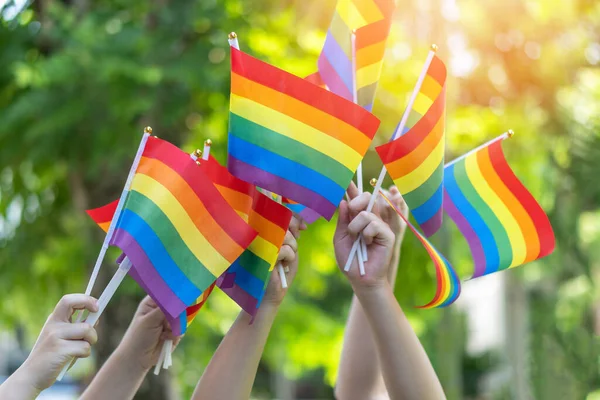
“Alone we can do so little; together we can do so much.” This is Helen Keller’s quote, and it is best applied when applied to mental health. Piece by piece, school by school, and congregation by congregation, the collective power of people coming together in one unit can be the between hope and hopelessness, loneliness and acceptance.

1. The Power of Peer Support in Mental Health Recovery
Peer support is not a buzzword anymore it’s a lifeline. What it has been demonstrated through research to achieve is that when peers with lived experience of mental illness support their peers, there is strong ripple effect, and there is measurable change. Mental Health America projects that peer support has been demonstrated to enhance quality of life, enhance service utilization, and even reduce hospitalization. Those conversations are not a warm fuzzy something; they’re evidence-based interventions which assist individuals in their illness and in developing healthier way of living. Web-based and in-person peer support groups provide a safe environment where challenge is faced without criticism. As one recent analysis discovered, “Peer support enables individuals to make their best choices for themselves and to work toward their aspirations in their communities.”

2. Community Engagement: The Secret Ingredient
How do mental health services actually make it? Community engagement. Interventions promoting active involvement by local residents especially those with personal experience of the issue consistently demonstrate reduced clinical symptomology and increased individual recovery in disadvantageous settings. A recent scoping review highlighted the manner in which high-level community-based interventions can facilitate complementarity gaps in formal care, especially where there is minimal resource. Community-based practice taps into local knowledge, creates social networks, and offers culturally appropriate solutions. That is, best practice mental health programs are designed with, not for, the target population served. These kinds of programs are particularly important in rural or under-served communities, where organized mental health service may be discontinuous or unavailable. As the review illustrates, “Community-engaged approaches can increase mental health services’ reach and cultural acceptability while fostering community resilience and social cohesion.” Community-engaged programs to promote mental wellbeing and mental health are demonstrating that if everyone comes together, they can change the world.

3. Family and Neighbors: The First Line of Support
It is family members, friends, or neighbors who recognize the earliest cues when there’s a mental health crisis. But to observe and respond to such crises is daunting. That’s where Mental Health First Aid (MHFA) training is helpful. MHFA prepares everyday citizens to go, take a look around, and provide care for someone who’s in crisis until professional assistance arrives. Research indicates MHFA training enhances mental health literacy, boosts students’ confidence, and decreases stigma. As one student stated, “Students feel more empowered and confident that they can help someone in a mental health crisis.” Whether its a question of learning to not judge when listening or connecting the person to resources, these are skills that are the difference between life and death. And the wonderful thing is that MHFA can be accessed by anyone parents and teachers, teens and neighbors so it’s a genuine grass-roots phenomenon. MHFA training has been employed in schools, the workplace, and community centers, creating a safety net that catches individuals before they get lost.

4. Schools, Faith Communities, and Local Organizations: Case Studies in Action
Institutional change occurs when institutions act. Take schools, for example: adolescent Mental Health First Aid (tMHFA) training has proven that adolescents who receive the training are more apt to help peers in crisis and less likely to endorse stigmatizing attitudes. The drama is the same among religious congregations. Following a senseless murder, a Unitarian Universalist congregation launched an ongoing series of suicide prevention and mental health interventions weaving spiritual mentoring together with concrete support. As Sally Spencer-Thomas remembers, “They helped construct a memorial service to honor the life Carson had lived and not hide from the devastation his death had caused.” That gesture of kindness didn’t stop at the service it generated additional outreach, education, and advocacy for families facing similar circumstances. They are proof that if schools, faith communities, and community groups prioritize mental health, they become beacons of hope.

5. Digital Peer Support: The New Frontier
New digital peer support systems are transforming the provision of mental health care. Social media forums and online groups offer 24/7 access to community, support, and advice. Recent systematic synthesis concluded that properly moderated, safe forums can lower loneliness, normalize mental health, and build self-efficacy. The key? Psychological safety and individual relevance. Since consumers have been made to feel welcome and included, they are more likely to engage with them and reap their benefits. Moderators exist simply to ensure these are safe spaces and restrict access to triggers material. As the research indicates, “Safe and active forums that provide convenient access to information and advice can lead to improvements in mental health self-efficacy.” Online peer support forums for mental illness aren’t a Band-Aid although that would carry us over the next few hours. They’re an integral part of the new landscape of mental health.

6. Identification and Response to Crisis: Convenient Solutions
It’s frightening to identify a mental health crisis, but it happens with warning signs: hyperarousal, withdrawal, suicidal thoughts, or behavioral change. What to do? Breathe, listen empathetically, and do not judge. If the individual is in immediate danger, do not wait for professional help or crisis services. Training such as MHFA informs us of simple steps approach, assess, assist, listen, and refer to professional treatment. It’s presence, not perfection. And remember, nobody is safe from a mental health crisis anybody can have one. The difference is to respond with empathy and connect the individual to resources.

7. The specific needs of vulnerable groups
Interventions must be reachable. For LGBTQ+ youth, for instance, safe spaces virtual and physical are needed. Case studies discover that faith-based LGBTQ+ youth suicide prevention workshops provide avenues for healing, identity, and acceptance. This includes collaboration and establishing a vehicle for hearing all and being heard by all. Much like one of the participants in the workshop promised, “We shared a heartbeat” an acknowledgement of how a sense of belonging can sometimes be a therapeutic response to desperation. Inclusion by religious denominations that welcome and health providers and mental health workers and religious denominations that welcome can itself be the difference for those where many identities converge.

Really, the message is straightforward: yes, it does take a village to rescue a life. By combining peer support, hands-on experience, and community involvement, communities can turn mental health from a solitary struggle into a group effort where no one must walk alone.



